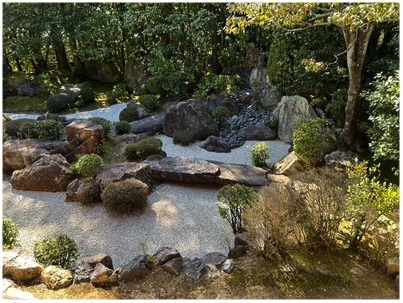
Vibrato and the heartbeat
In Western music particularly, whether pop, classical or other, vibrato is ubiquitous and is often on auto pilot. Students of Western music who come to shakuhachi often begin blowing with automatic vibrato on every sound. Traditional shakuhachi music has a much more restrained and musically-specific relationship with vibrato.
Aesthetically speaking, less is more with shakuhachi playing. Some traditions such as Dokyoku and Taizan-ha don’t use vibrato in any obvious way. In the Kinko traditions, the degree of vibrato varies from player to player, but it is often used overtly. In the koten honkyoku traditions, it’s often absent unless specifically indicated in a score.
However, remembering that the shakuhachi is an extremely responsive device attached to an extremely responsive human breathing system, the actual outcome of musical renditions almost always yields some degree of modulation in the air-stream, even if subtle. Even the human heartbeat can show up as modulation in an air-stream.
In practice the player will take control of any natural vibrato effect and dampen it to suit the idiom and charm of the piece. This can, for instance, be a subtle small shaking in the air-stream right at the end of a phrase after a long sustain, but barely noticeable, so the sum effect is that of elegantly minimal vibrato.
